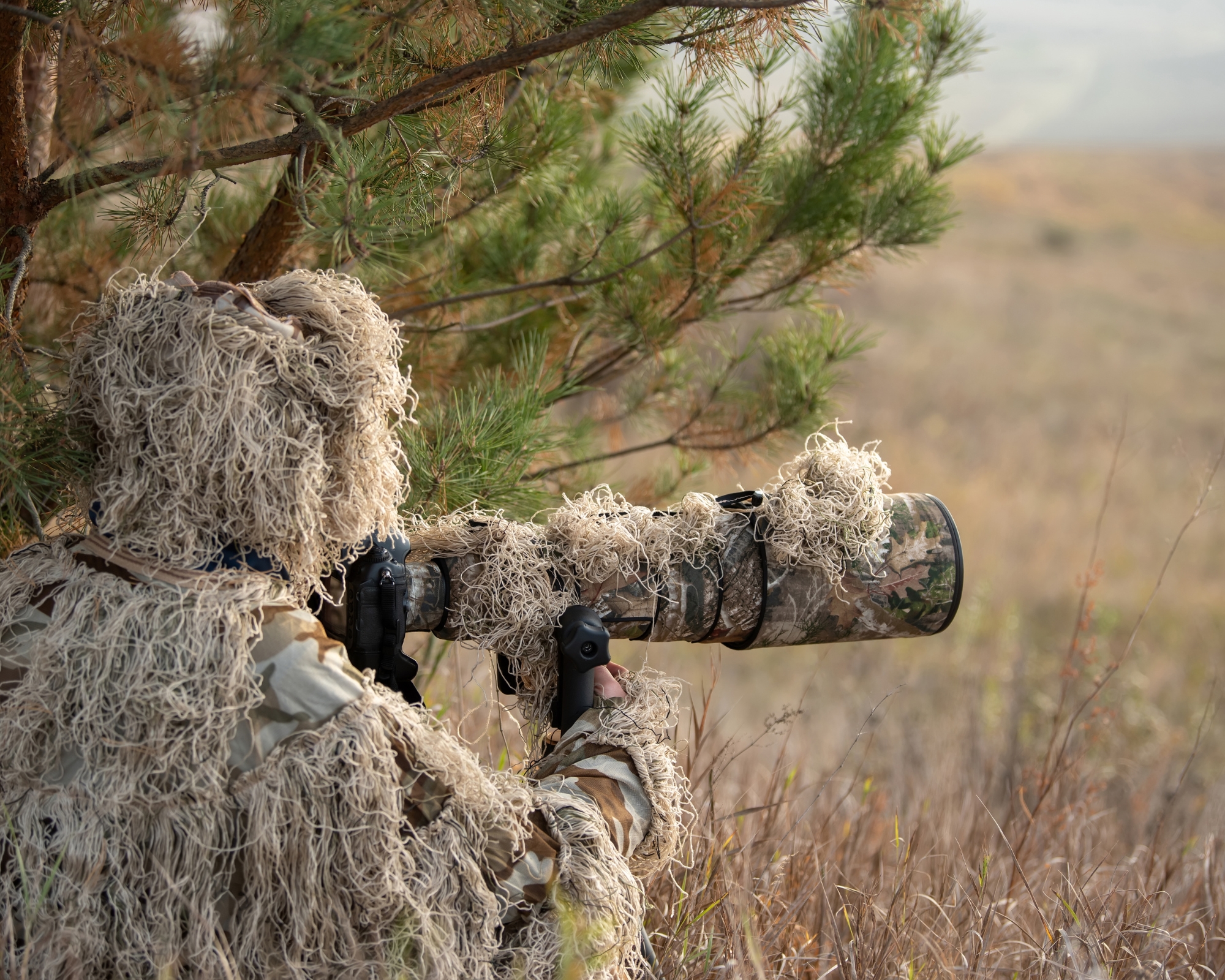
Camouflage for Hunters & Wildlife Photographers
Every day it seems that a new camouflage pattern hits the scene and a new demographic being marketed to. Gone are the days when Mossy Oak and RealTree were the only camo patterns available. These days, there's Muddy Girl Camo, camo for kids, digital camo, sticker bomb camo and the list goes on and on. But,when it comes to the actual usefulness of camouflage and the differing patterns there is a surprising lack of good information. As a wildlife photographer, outdoors man or hunter, does the right camo pattern really make the difference between getting the shot or not? Does wearing camo give you any advantage over plaid or solid colors at all? In this guide, we'll answer those questions and tell you which animals respond to what kinds of camo patterns so you can make the most of your time in the field.
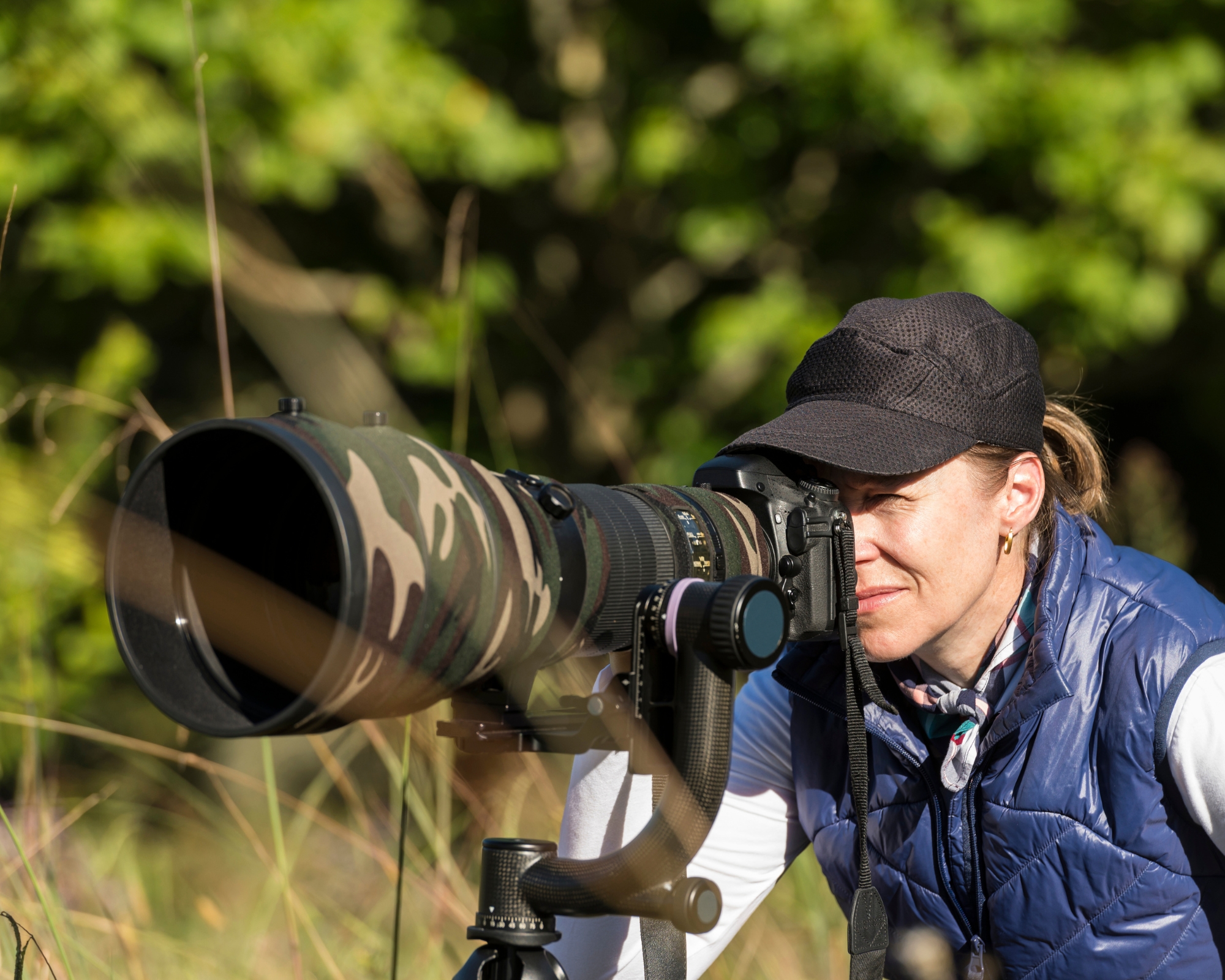
Do You Really Need Camo Gear?
It's no secret that the world of camouflage has experienced meteoric growth in the last few decades and much of that growth has been centered on money grabs by companies that produce new patterns and license them. It's not hard to walk into an outdoors shop or browse an online catalog and come away hundreds of dollars lighter in the pocket just to get the latest and "most effective" designs. It has gotten to the point where it often feels like you're paying for a name rather than for a truly functional piece of clothing or equipment, especially when you can get the exact same products without camouflage for a fraction of the cost. That's why the question naturally arises of whether or not you need camouflage for hunting and wildlife photography, and if so, to what extent?
In general, camouflage works well and it does help to wear it, but it is by no means a requirement. In fact, many people would say that most camouflage is made for human consumption instead of animal evasion. Although there is a always something to be said for the quality of the material or product, once you get past that, you're really talking about status and brand name recognition. It should come as no surprise then that, when speaking with wildlife and bird photographers, the subject of camouflage elicits strong responses ranging from the entirely dismissive to the completely obsessed although we tend to stick to the middle of the road perspective that understands the benefits. Clearly, camouflage gear is not a cure-all, and all photographers and hunters would agree that your location, movements, techniques, scent, and even breath control are more important in getting the right shot than what you are wearing or under what you are hiding. And yet, camouflage is an important element in your outdoor tool kit which is why it is worth your while to put more thought into the types of camouflage-patterned gear and accessories you want to bring into the field.
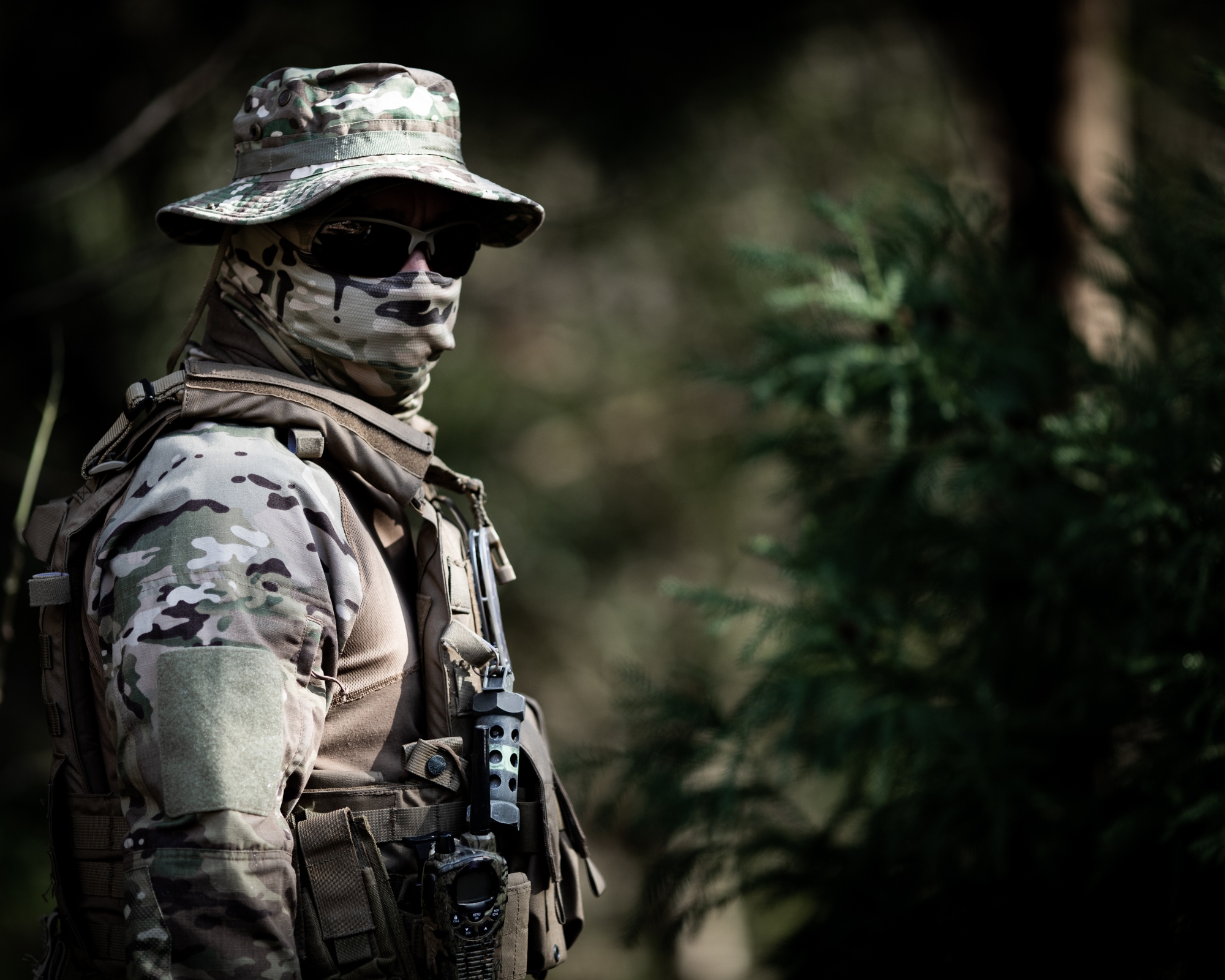
Types of Camouflage
Whatever your goals, there are different types of patterns can help you achieve them.
So-called break-up patterns break up your outline and help you disappear into the environment. Another type of camouflage mimics the environment to make you blend in with that specific environment. And finally, there is 3D camouflage which is both the most effective and most difficult to employ.
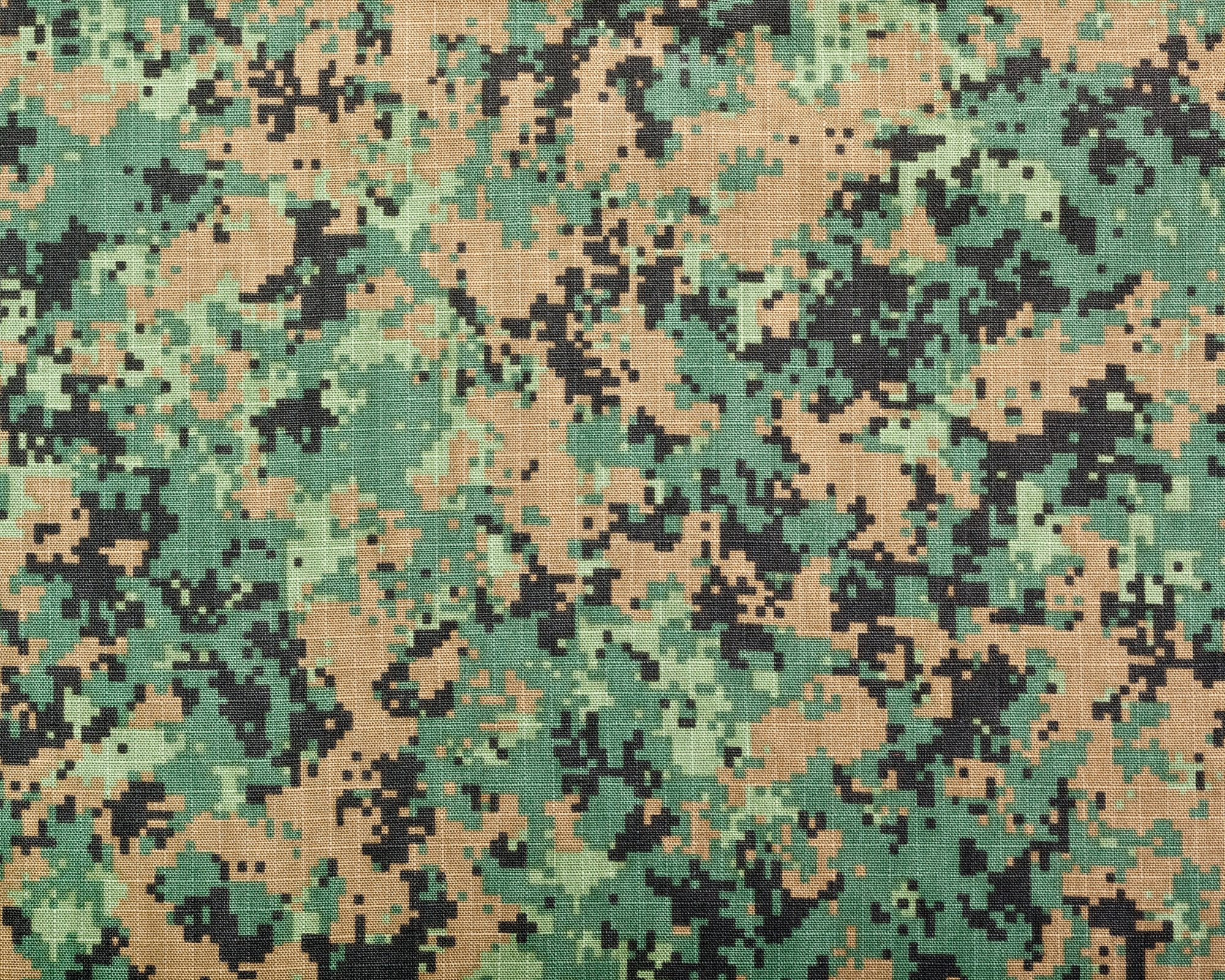
Break-Up Camo Patterns
Break-up patterns are what most people think of when they think of camouflage. This type of camouflage has been used for decades in the military. Today’s digital camouflage and even patterns dating back to the Vietnam War fall into this category. One advantage these patterns have over others is that with its ability to help you disappear into the environment. This makes your movement harder to detect than it would be if you were wearing a mimicry pattern.
Instead of trying to match the terrain exactly, many companies create patterns that focus on breaking up the human outline. Break-up patterns are designed in such a way that they help you disappear into the environment, and not so much to make you look exactly like it. Typically these patterns will consist of a variety of larger solid colors that are splotched or blocky in their layout.
In recent years, blocky break-up patterns have become much more popular. A few big brands have started to use them in a signature way, making blocky break-up patterns a crucial part of their brand identity. With the success of these companies, more people are wearing break-up patterns either for the pattern itself or for the name on the front of it.
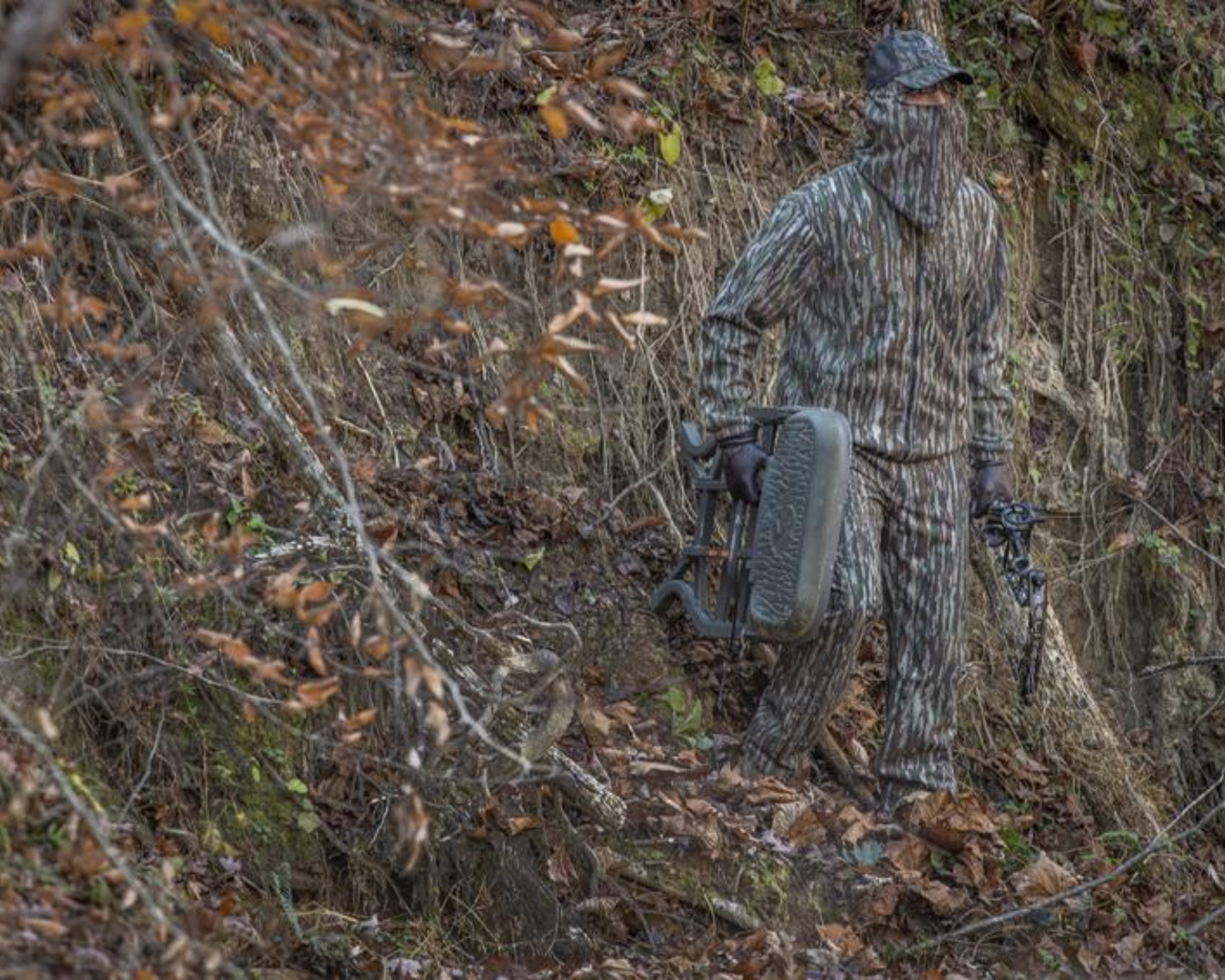
Mimic Camo Patterns
A very popular type of camouflage is a mimicry pattern. These camos are designed to mimic specific types of terrain. Ideally, they help you match more closely with the terrain. They are also great at allowing you to get close to prey. Truthfully these patterns look really good to the human eye and can definitely help conceal you in the woods, but they have their downsides. Most of the RealTree and MossyOak type camouflage patterns fall into the mimic category and they can definitely be pricey.
Another con about these mimicry patterns is how detailed some of them are. Even though the ultra-realistic look of tree limbs and foliage may be dazzling to the human eye it's important to keep in mind that most animals cannot see detail as well as we can. For example, deer may be able to see at great distances with nearly 250-degree vision but they do not focus on small detail well. To a deer or elk, your incredibly detailed tree camouflage is going to look more or less like a blur of green and brown.
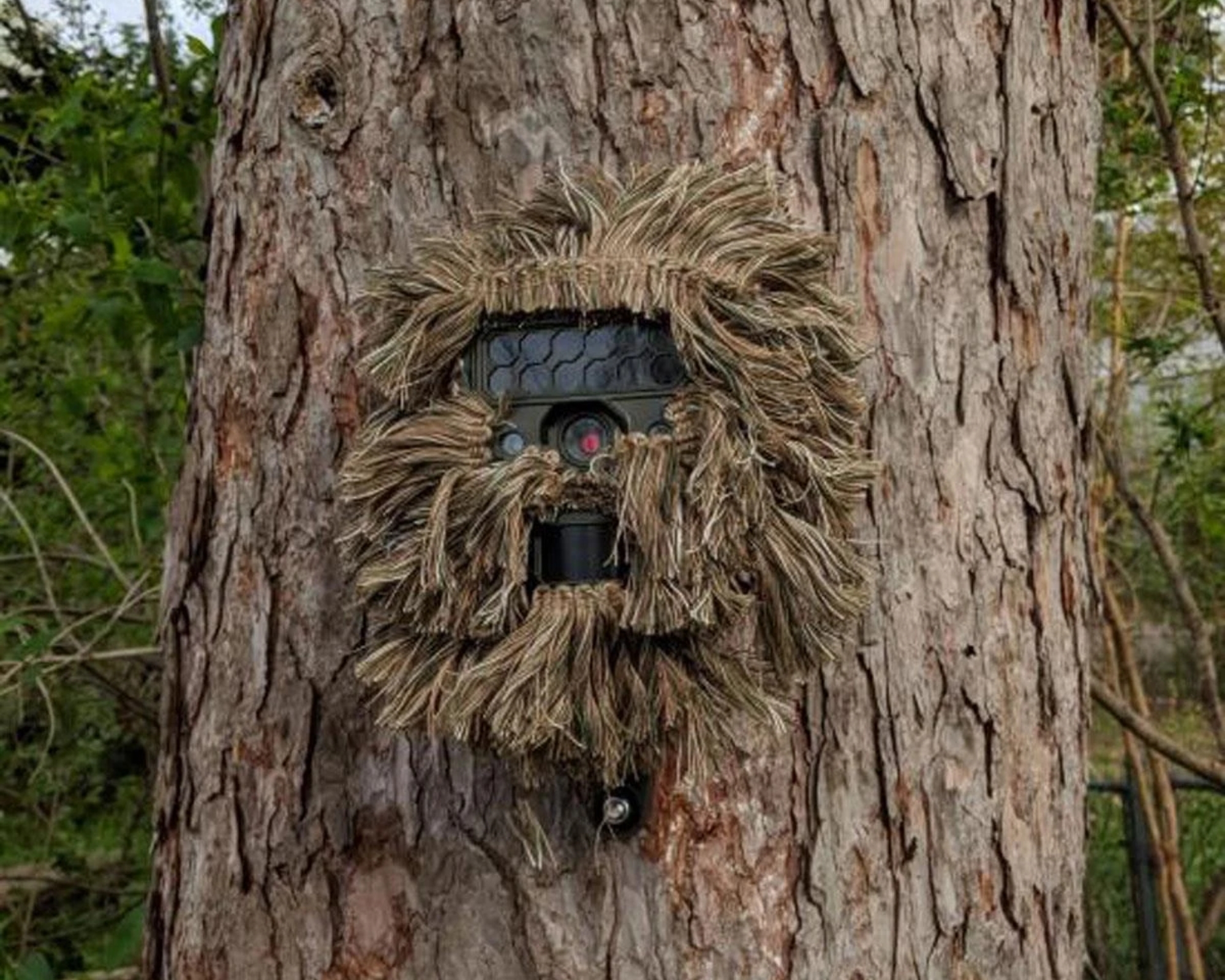
3D Camo Patterns
Three-dimensional patterns are clearly the best camouflage there is for remaining completely concealed but take a lot of time and preparation and is generally considered to be overkill. 3D Camouflage is what it says it is: camouflage that is not solely printed or painted on but adds material that sticks out past your outline. Most of the time these camos will have things like synthetic 3D leaves or grass as part of the pattern as you can see in the main image at the top of this post. Naturally, the disadvantage of these camouflages is that they can be cumbersome and delicate.
A lot of times all that extra material can get stuck on whatever you are walking by. So this is why if you are moving around a lot, you should probably not use 3D camo. Also, most wild game cannot see you well enough to require you to use a full 3D suit. Other break-up or mimicry patterns are more than enough to keep you concealed.
While 3D camouflage looks pretty cool to us, your movement may be limited due to the fact that you will be moving around all those leaves with you. Although if you are stationary during your hunt 3D camouflage may be the golden ticket to staying concealed.
Choosing Your Camouflage By Animal
But just knowing about the options available to you isn't enough to help you choose and you may still be confused about what type of camouflage should you wear. In our view, this comes down to two things:
- Are you hunting or simply hope to snap some great photos?
- What is the type of animal you're pursuing?
In effect, you need to balance safety, legality and how good the animal you're tracking can see. Needless to say, you should still keep in mind that camouflage is just one small aspect of staying hidden. You have to control your movement and use your surroundings to your advantage. The following are our suggestions for camo to use based on different types of game..
Whitetail Deer & Other Cervids
For animals in the Cervidae family, like deer, elk, or moose, you do not really need to worry about having detailed camouflage. In fact, traditionally people wore plaid red and black wool outfits to hunt deer with no problems at all and, in many states you are now required to wear Blaze Orange vests during hunting season. It may not be a bad idea to wrap your gun stocks, bows, tripods and cameras in Orange Camouflage with basic breakup or mimicry patterns. For animals in the deer family, the most important thing is to conceal your movement regardless of what you choose to wear or bring into the woods with you.
Birds & Waterfowl
Avians have excellent vision and if you are hunting birds or waterfowl, concealment is key. It's no surprise that While hunting them you generally want a mimicry pattern and make sure you are covering up your face and hands. Although it is important to use camouflage for these animals, movement is a huge factor. They are especially skittish and the slightest movement can literally send them flying away.
Predators
Predators generally have good eyesight in the sense that they are able to intently focus on one area. These animals will be able to see the details of your camouflage if they are close enough to you, so you may want to try using mimic camouflage patterns or 3D patterns if you plan on getting close to them. However, if you are bear hunting from a distance on the mountain tops, you would do well with a break-up pattern.
Vermin
If you are hunting squirrels, you can really wear just about anything you want. They may see you but most of the time they will not run if you are not too close to them, so they are easy to pick off with a twenty-two caliber.
Foxes, Coyotes and Wild Hogs
If you are hunting foxes or coyotes, camouflage becomes a little more important. These animals are very intelligent with good vision. We suggest using either a break-up pattern or mimicry pattern depending on how close you plan to get.
When it comes to hunting wild hogs, you can get away with wearing a minimal amount of camouflage. Maybe a camo top and a pair of jeans. Hogs do not see details very well but they do pick up movement. You should dress for the weather first and foremost when hunting hogs.
Camouflaging Your Gear for the Field
Regardless of where you look online or in brick and mortar stores, you will be hard pressed to find ways to upgrade and camouflage your existing gear. The reasons for this are pretty clear though: companies can make a lot more money by selling you the same gear in a camo finish than they can by giving you a way to do it yourself. There are a few exceptions to this rule such as Stealth Strips® Silencing Tape which serves the dual purpose of silencing your bow shelf while adding camouflage but beyond specially printed duck tape with MossyOak patterns we haven't been able to find much more out there. At Rvinyl we offer a full range of break up and mimic type camo patterns that numbers into the hundreds for wrapping and concealing all of your gear, vehicles and water craft use our Camouflage Wraps on the following items:
- Rifles
- Bows
- Quivers
- Pistols
- Cameras
- Tripods
- Trail Cams
- ATVs
- Hunter's Blinds
- Coolers
- Gun Cases
- and more...
There is almost no end to the variety of things you can wrap with these films and it's much easier than hydro-graphics which often need to be done by a shop.
The Takeaway
Like almost anything else in the world, people love to complicate the subject camouflage. Truth be told, whatever camouflage you have is likely enough and the newest, most expensive gear is not going to help you be more successful. Whether you're trying to get a close-up shot of a faun and her mother or you are tracking a wild hog, camouflage is only going to take you so far. You should first spend time on the fundamentals of tracking and evasion by finding hunting or wildlife photography courses or instructors near you. Once you have the basics down, you can add camo gear and wraps to your repertoire to give a boost to your concealment and add your own personal style to your accessories.